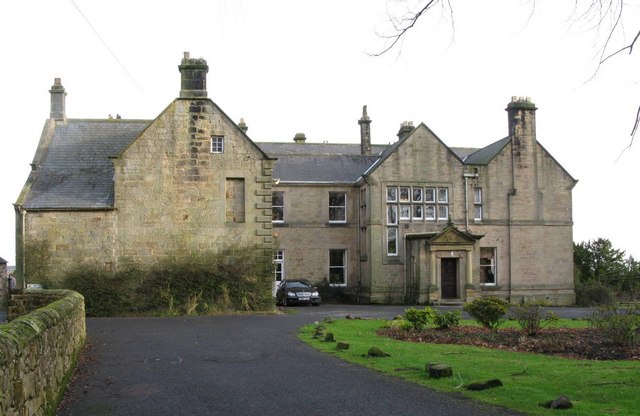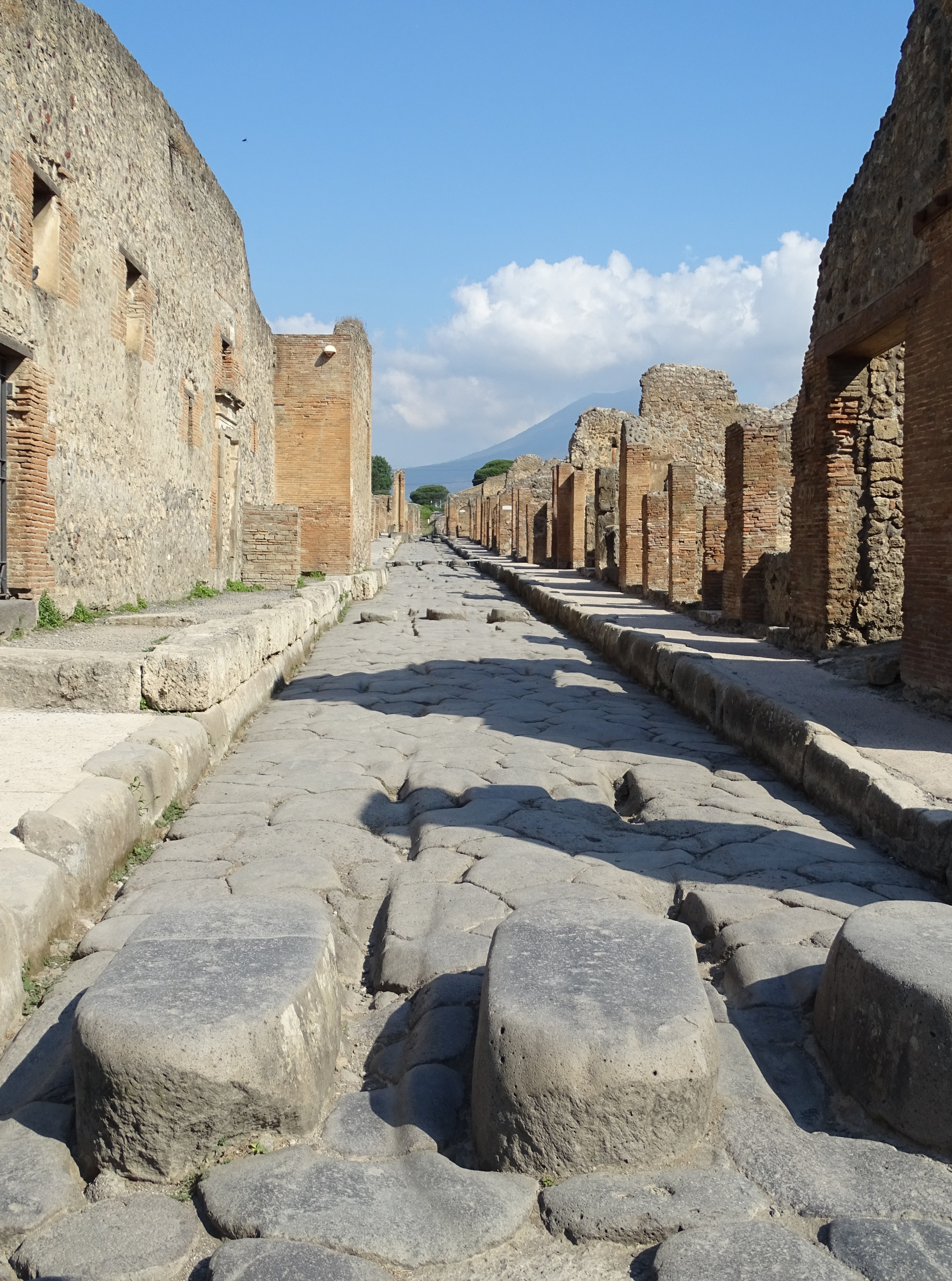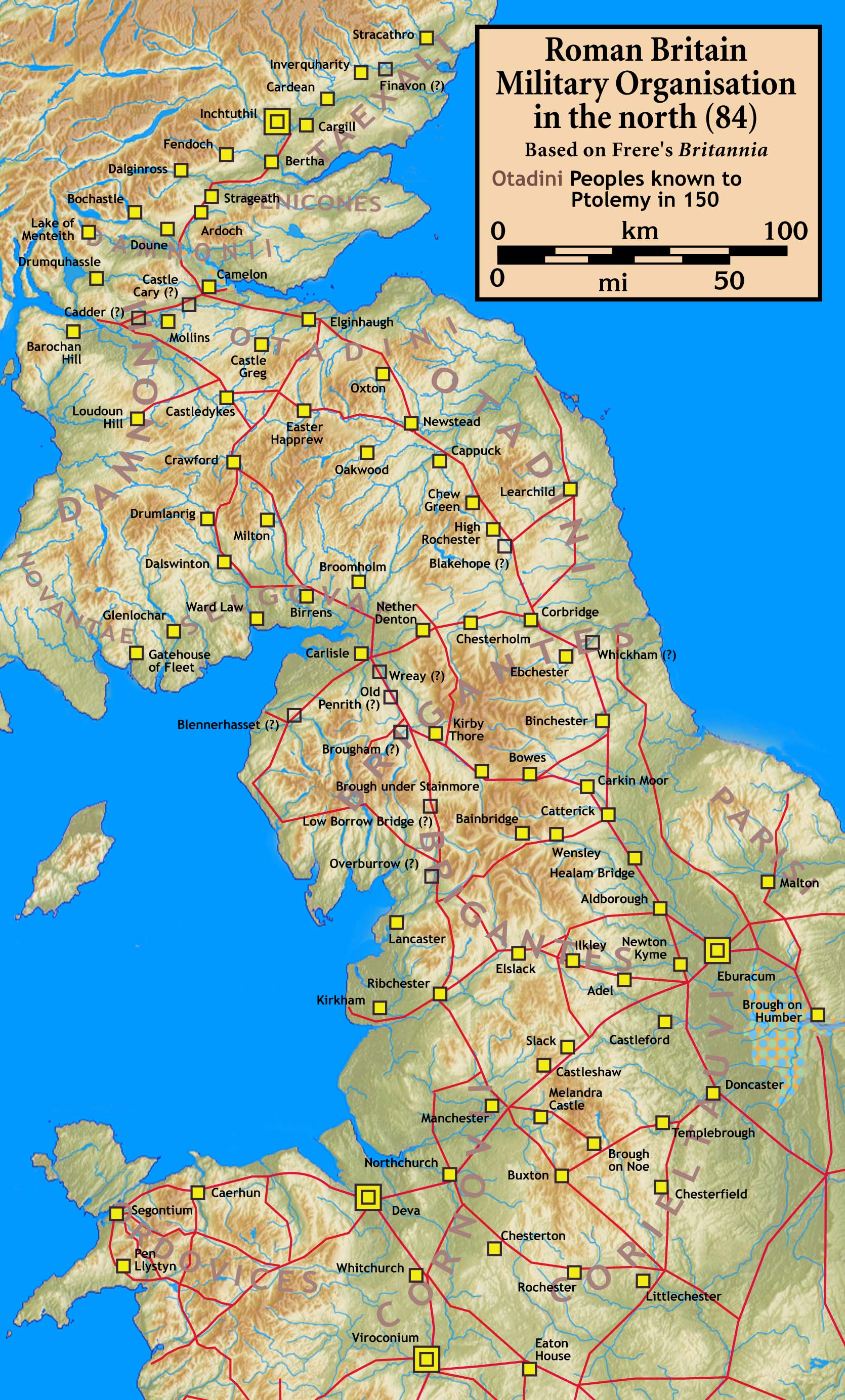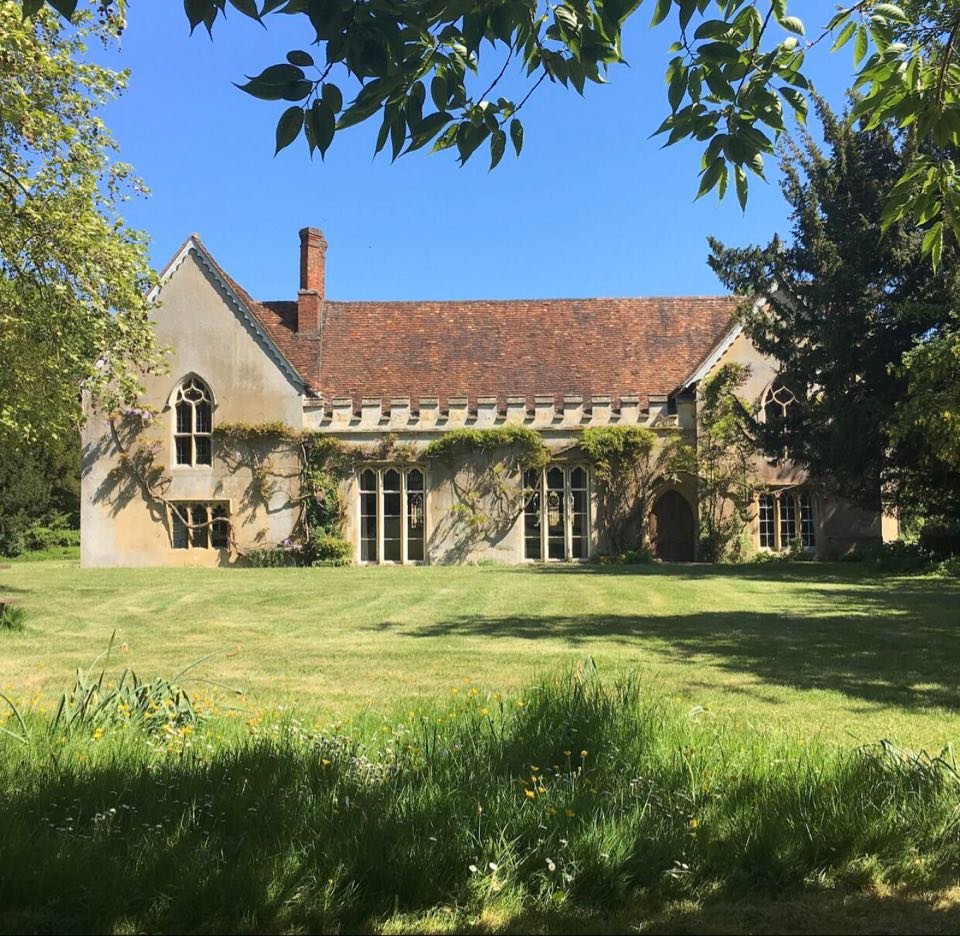|
Longframlington
Longframlington is a small village in Northumberland, England, located on the A697, north-west of Morpeth and south-east of Rothbury. Longframlington is a former pit village and on the site of the pit now stands Fram Park, a log cabin holiday park. The village was previously the site of the Longframlington Music Festival. Landmarks A branch of the Roman road, Dere Street, known as the Devil's Causeway, passes close by Longframlington, and the mounds visible on the Hall Hill in the angle of the Pauperhaugh and Weldon Bridge roads may be those of a Roman camp. Embleton Hall is a country manor house which was built around 1730 and is a Grade II listed building. Religious sites The church of St Mary the Virgin dates from the late 12th century and until 1891 was a chapel of ease A chapel of ease (or chapel-of-ease) is a church building other than the parish church, built within the bounds of a parish for the attendance of those who cannot reach the parish ch ... [...More Info...] [...Related Items...] OR: [Wikipedia] [Google] [Baidu] |
Embleton Hall
Embleton Hall is a country manor house in the small ex-mining village of Longframlington, Northumberland, England. It is a Grade II listed building. The house was originally built in 1730 but has been extended several times since then. From the 1990s until 2013 it was used a small hotel and is now a private residence again. The two- storey stone building is set in of grounds including woodland. History Built in 1730 by Thomas Embleton, it was later bought by the Fenwick family in 1780. An extension to the east of the building is also from the 18th century as is a further extension which was added in 1893. It remained in the Fenwick Family until it was acquired by Trevor Thorne, a former banker, and his wife in 1986, who turned it into a small hotel. There was also a restaurant serving lunchtime food. It was then bought by a couple from Tynemouth in 2013 for £875,000, with the Thornes continuing to live in the stable block. The building was listed as a Grade II listed buildi ... [...More Info...] [...Related Items...] OR: [Wikipedia] [Google] [Baidu] |
Northumberland
Northumberland () is a ceremonial counties of England, county in Northern England, one of two counties in England which border with Scotland. Notable landmarks in the county include Alnwick Castle, Bamburgh Castle, Hadrian's Wall and Hexham Abbey. It is bordered by land on three sides; by the Scottish Borders, Scottish Borders region to the north, County Durham and Tyne and Wear to the south, and Cumbria to the west. The fourth side is the North Sea, with a stretch of coastline to the east. A predominantly rural area, rural county with a landscape of moorland and farmland, a large area is part of Northumberland National Park. The area has been the site of a number of historic Anglo-Scottish wars, battles with Scotland. Name The name of Northumberland is recorded as ''norð hẏmbra land'' in the Anglo-Saxon Chronicle, meaning "the land north of the Humber". The name of the kingdom of ''Northumbria'' derives from the Old English meaning "the people or province north of th ... [...More Info...] [...Related Items...] OR: [Wikipedia] [Google] [Baidu] |
A697 Road
The A697 is a road that can be used an alternative to the A1 for those travelling between Scotland and England via the North East. Route It connects Morpeth on the A1 to the A68 at Oxton, near Edinburgh. The road runs via Wooler and Coldstream, and passes through a largely rural area of the Scottish Borders. Devil's Causeway Stretches of the route overlay the Devil's Causeway, a Roman road. Speed The A697 is around shorter and an average time of 23 minutes quicker than travelling up the A1, according to figures from the RAC RAC or Rac may refer to: Organizations * Radio Amateurs of Canada * RATCH-Australia Corporation, electricity generator * Refugee Action Collective (Victoria), Melbourne, Australia * Religious Action Center of Reform Judaism, US * Rent-A-Center, ... route planner. Settlements on route The road runs through * Morpeth * Espley * Longhorsley * Weldon * Longframlington * Thrunton * Powburn * Wooperton * Haugh Head * Wooler * Low Humbleton * Akel ... [...More Info...] [...Related Items...] OR: [Wikipedia] [Google] [Baidu] |
Rothbury
Rothbury is a market town and civil parish in Northumberland, England, on the River Coquet. It is northwest of Morpeth and of Newcastle upon Tyne. At the 2001 Census, it had a population of 2,107. Rothbury emerged as an important town because of its location at a crossroads over a ford on the River Coquet. Turnpike roads leading to Newcastle-upon-Tyne, Alnwick, Hexham and Morpeth allowed for an influx of families and the enlargement of the settlement during the Middle Ages. In 1291, Rothbury was chartered as a market town and became a centre for dealing in cattle and wool for the surrounding villages during the Early Modern Era. Later, Rothbury developed extensively in the Victorian era, due in large part to the railway and the industrialist Sir William Armstrong. Between 1862 and 1865, Armstrong built Cragside, a country house and "shooting box" ( hunting lodge) just outside Rothbury, and extended it as a "fairy palace" between 1869 and 1900. The house and its estate are ... [...More Info...] [...Related Items...] OR: [Wikipedia] [Google] [Baidu] |
Berwick-upon-Tweed (UK Parliament Constituency)
Berwick-upon-Tweed () is a parliamentary constituency in Northumberland represented in the House of Commons of the UK Parliament since 2015 by Anne-Marie Trevelyan, a Conservative. It was a parliamentary borough in the county of Northumberland of the House of Commons of England from 1512 to 1706, then of the House of Commons of Great Britain from 1707 to 1800 and of the House of Commons of the United Kingdom from 1801 to 1885. It returned two Members of Parliament (MPs), elected by the bloc vote system. It has been a county constituency since 1885, electing one MP under the first-past-the-post system. Profile The constituency of Berwick-upon-Tweed is in the county of Northumberland. It includes as its northernmost point the town of Berwick-upon-Tweed and stretches south to include the towns of Alnwick and Amble — the Northumberland coast forms its long eastern boundary. Its length is roughly 50 miles (80 km) and its area is 2,310 square kilometres. Predominan ... [...More Info...] [...Related Items...] OR: [Wikipedia] [Google] [Baidu] |
Morpeth, Northumberland
Morpeth is a historic market town in Northumberland, North East England, lying on the River Wansbeck. Nearby towns include Ashington and Bedlington. In the 2011 census, the population of Morpeth was given as 14,017, up from 13,833 in the 2001 census. The earliest evidence of settlement is believed to be from the Neolithic period, and some Roman artifacts have also been found. The first written mention of the town is from 1080, when the de Merlay family was granted the barony of Morpeth. The meaning of the town's name is uncertain, but it may refer to its position on the road to Scotland and a murder which occurred on that road. The de Merlay family built two castles in the town in the late 11th century and the 13th century. The town was granted its coat of arms in 1552. By the mid 1700s it had become one of the main markets in England, having been granted a market charter in 1200, but the opening of the railways in the 1800s led the market to decline. The town's history is cele ... [...More Info...] [...Related Items...] OR: [Wikipedia] [Google] [Baidu] |
Roman Road
Roman roads ( la, viae Romanae ; singular: ; meaning "Roman way") were physical infrastructure vital to the maintenance and development of the Roman state, and were built from about 300 BC through the expansion and consolidation of the Roman Republic and the Roman Empire. They provided efficient means for the overland movement of armies, officials, civilians, inland carriage of official communications, and trade goods. Roman roads were of several kinds, ranging from small local roads to broad, long-distance highways built to connect cities, major towns and military bases. These major roads were often stone-paved and metaled, cambered for drainage, and were flanked by footpaths, bridleways and drainage ditches. They were laid along accurately surveyed courses, and some were cut through hills, or conducted over rivers and ravines on bridgework. Sections could be supported over marshy ground on rafted or piled foundations.Corbishley, Mike: "The Roman World", page 50. Warwick Pr ... [...More Info...] [...Related Items...] OR: [Wikipedia] [Google] [Baidu] |
Dere Street
Dere Street or Deere Street is a modern designation of a Roman road which ran north from Eboracum (York), crossing the Stanegate at Corbridge ( Hadrian's Wall was crossed at the Portgate, just to the north) and continuing beyond into what is now Scotland, later at least as far as the Antonine Wall. Portions of its route are still followed by modern roads, including the A1 (south of the River Tees), the B6275 road through Piercebridge, where Dere Street crosses the River Tees, and the A68 north of Corbridge in Northumberland. Name The Roman name for the route is lost. Its English name corresponds with the post-Roman Anglo-Saxon kingdom of Deira, through which the first part of its route lies. That kingdom possibly took its name from the Yorkshire River Derwent. The term "street" derives from its Old English sense (from la, via strata), which referred to any paved road and had no particular association with urban thoroughfares. Portions of the road in Scotland we ... [...More Info...] [...Related Items...] OR: [Wikipedia] [Google] [Baidu] |
Manor House
A manor house was historically the main residence of the lord of the manor. The house formed the administrative centre of a manor in the European feudal system; within its great hall were held the lord's manorial courts, communal meals with manorial tenants and great banquets. The term is today loosely applied to various country houses, frequently dating from the Late Middle Ages, which formerly housed the landed gentry. Manor houses were sometimes fortified, albeit not as fortified as castles, and were intended more for show than for defencibility. They existed in most European countries where feudalism was present. Function The lord of the manor may have held several properties within a county or, for example in the case of a feudal baron, spread across a kingdom, which he occupied only on occasional visits. Even so, the business of the manor was directed and controlled by regular manorial courts, which appointed manorial officials such as the bailiff, granted copyhol ... [...More Info...] [...Related Items...] OR: [Wikipedia] [Google] [Baidu] |
Listed Building
In the United Kingdom, a listed building or listed structure is one that has been placed on one of the four statutory lists maintained by Historic England in England, Historic Environment Scotland in Scotland, in Wales, and the Northern Ireland Environment Agency in Northern Ireland. The term has also been used in the Republic of Ireland, where buildings are protected under the Planning and Development Act 2000. The statutory term in Ireland is "protected structure". A listed building may not be demolished, extended, or altered without special permission from the local planning authority, which typically consults the relevant central government agency, particularly for significant alterations to the more notable listed buildings. In England and Wales, a national amenity society must be notified of any work to a listed building which involves any element of demolition. Exemption from secular listed building control is provided for some buildings in current use for worsh ... [...More Info...] [...Related Items...] OR: [Wikipedia] [Google] [Baidu] |
Chapel Of Ease
A chapel of ease (or chapel-of-ease) is a church building other than the parish church, built within the bounds of a parish for the attendance of those who cannot reach the parish church conveniently. Often a chapel of ease is deliberately built as such, being more accessible to some parishioners than the main church. Such a chapel may exist, for example, when a parish covers several dispersed villages, or a central village together with its satellite hamlet or hamlets. In such a case the parish church will be in the main settlement, with one or more chapels of ease in the subordinate village(s) and/or hamlet(s). An example is the chapel belonging to All Hallows' Parish in Maryland, US; the chapel was built in Davidsonville from 1860 to 1865 because the parish's "Brick Church" in South River was too far away at distant. A more extreme example is the Chapel-of-Ease built in 1818 on St. David's Island in Bermuda to spare St. David's Islanders crossing St. George's Harbour to ... [...More Info...] [...Related Items...] OR: [Wikipedia] [Google] [Baidu] |








